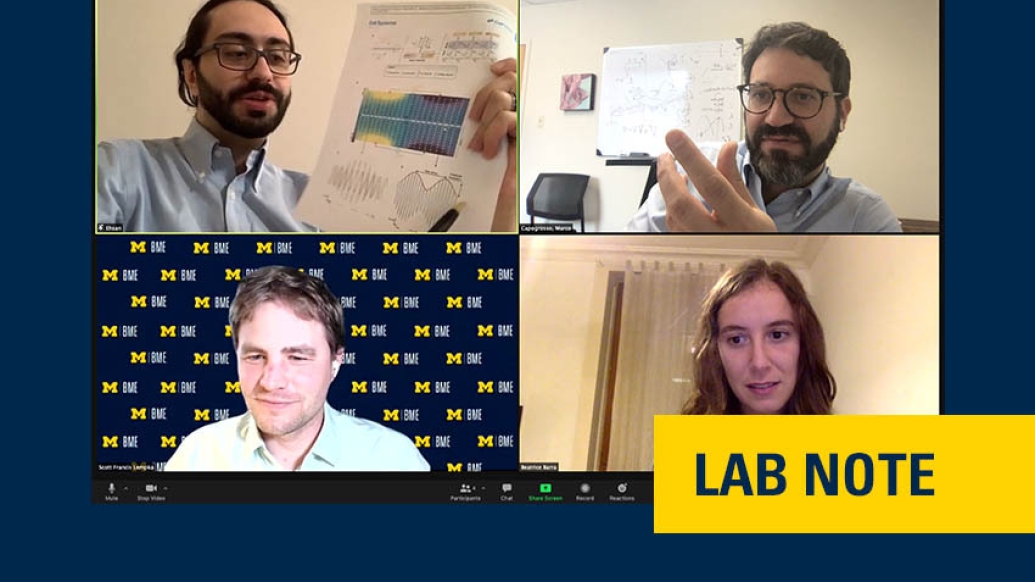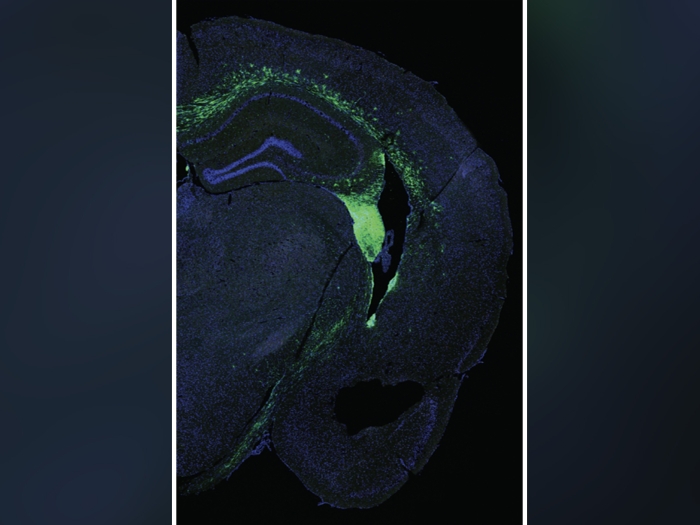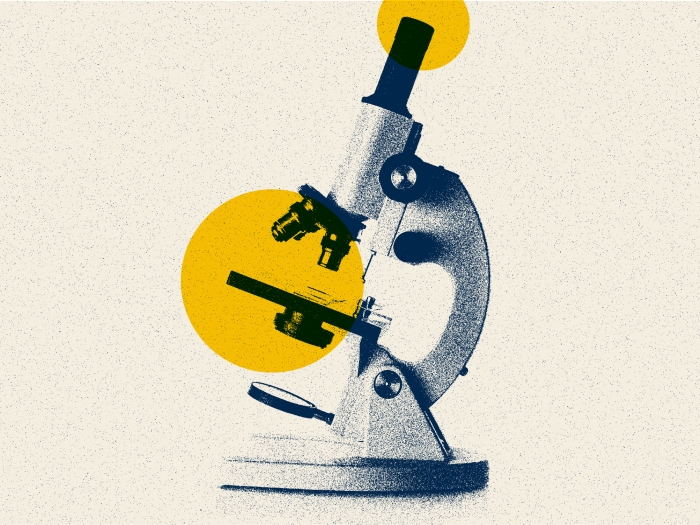Study calls into question rush to use brain stimulation technology to treat Parkinson's and pain disorders.
4:00 PM
Author |

Electrical stimulation or neurostimulation technologies work for treating a wide range of neurological disorders, like chronic pain and Parkinson's disease. In these technologies, electrical pulses are delivered from electrodes placed inside the brain or outside the skin to generate artificial activity in targeted neural cells and correct abnormal behavior that may arise after diseases. However, most of these therapies were developed from experimental observations and used in patients without a clear scientific understanding of how they work.
While it may seem unnecessary to understand the science behind therapies that provide benefit to many patients, this ignorance actually prevents us from knowing why we observe side effects during stimulation or how to best avoid them. In brain stimulation, these side effects can produce undesired emotional responses, pain, or even unwanted muscle activation.
Scott Lempka, Ph.D., Director of Neuromodulation in the Chronic Pain and Fatigue Research Center and assistant professor in the Department of Biomedical Engineering and the Department of Anesthesiology at the University of Michigan and Marco Capogrosso, Ph.D., of the Department of Neurosurgery and the Rehab Neural Engineering Labs at the University of Pittsburgh, recently published an opinion paper in the journal Bioelectronic Medicine, arguing that a more rigorous use of mathematical models should be adopted by the scientific community to reduce these risks and increase the efficacy of these neurostimulation therapies.
Lempka and Capogrosso apply this systematic approach to cutting-edge neurotechnologies that are still at the developmental stage.
In a new study, published in the journal Cell Systems, they focused on a promising technology known as temporal interference. Recently, scientists have proposed that interfering electric fields applied outside the skull could be used to non-invasively target deep brain structures.
This revolutionary concept of temporal interference stimulation could potentially eliminate the need to implant the electrode systems directly within the brain to treat conditions, such as Parkinson's disease, thus reducing costs and risks associated with these neurostimulation therapies.
However, their new study suggests that current studies on temporal interference stimulation are missing critical experimental controls that should be performed before trying this technology in patients because the stimulation may lead to side-effects.
"From our computer models, we found that it is possible to stimulate deep brain structures with temporal interference stimulation. However, this stimulation comes at the cost of potentially dangerous side effects like blocking nerve conduction in certain brain areas or unwanted excitation in off-target structures. If temporal interference is to evolve into a mature and clinically effective technology, these theoretical concepts must be considered before translating into clinical applications," says Lempka.
When asked about the broader implications of their study, Capogrosso says, "I think our study just shows how important it is to stick to basic science when performing applied research. Our trainees, Ehsan Mirzakhalili and Beatrice Barra, did a terrific job at this and we hope that this example can push other scientists to understand the importance of having rigorous experimental controls and a physical understanding of neurotechnologies before translating into clinical practice. We are convinced that this approach will not slow, but rather accelerate, the development of neurotechnologies to treat horrible neurological disorders."
Paper cited: "Biophysics of temporal interference stimulation," Cell Systems. DOI: 10.1016/j.cels.2020.10.004

Explore a variety of healthcare news & stories by visiting the Health Lab home page for more articles.

Department of Communication at Michigan Medicine
Want top health & research news weekly? Sign up for Health Lab’s newsletters today!





